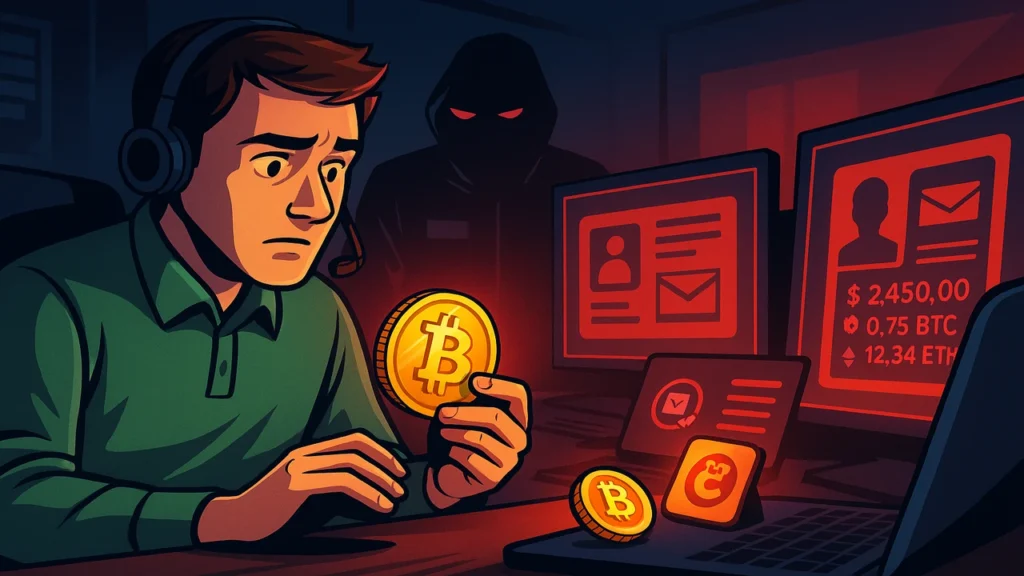In May 2025, a coordinated campaign of phishing attacks struck customer-provider teams at three main crypto systems. Attackers employed social engineering to bribe assist agents with $5,000–$50,000 offers. They mainly targeted representatives in low-wage areas, leveraging financial strain to benefit facts access. Consequently, hackers harvested names, addresses, authorities ID details, and account balances. Binance and Kraken detected those attempts swiftly, while Coinbase not on time response, allowing four months of unauthorised publicity.
Methodology And Timeline For Phishing Attack
First, attackers reached out through Telegram and other applications, purporting to be internal compliance officers. Second, they pretended to be official sites to pilfer agent credentials. They then requested “urgent data verification” with fake security notifications. Timeline logs show first contact in January 2025, and Coinbase employees noticed irregularities in January. Coinbase, though, did not take down compromised credentials until May 2025, a delay CEO Brian Armstrong later addressed publicly. At the same time, Binance’s AI monitoring in real time halted bribery efforts. Likewise, Kraken’s access tier model halted unauthorised queries in real time.
Mitigation And Impact
Binance neutralised phishing attacks with AI conversation analysis in 47 languages. When bots detected bribery keywords, they ended sessions within twelve seconds and notified security staff. Additionally, a zero-trust model made sure agents saw sensitive data only through customer-verified tickets. Binance hence avoided data leakage without disrupting service. Kraken implemented multi-factor privilege escalation for every sensitive request. In the meantime, its geographic redundancy rerouted support to backup sites during attacks, confining exposure to under six hours.
Compared to that, Coinbase’s episode cost about $400 million in remediate measures, rebates, and bounty payments. Share value declined over 6 percent when disclosed, while Bitcoin and Ethereum prices decreased 0.7 percent and 4.7 percent respectively. Hence, the episode points out risks of permanent offshore access and sluggish threat response.
Industry regulators have since investigated disclosure practices, which complicate compliance for listed stock exchanges. Despite Bitcoin’s 24 percent wave after Coinbases S&P 500 inclusion, LED institutional trust of revealed security holes. Therefore, platforms must use AI-enhanced monitoring, behavioural biometry and geofenced access controls to counteract inside threats. In addition, sharing of platforms can accelerate detection of new tactics.
Ultimately, this campaign emphasises the need to balance technological security measures with the management of people. Integration of decentralised identity frameworks and zero knowledge certificates will further protect against social technology. By learning from Binance and Kraken’s proactive measures – and delays in Coinbase – the industry can harden defence and maintain user confidence when digital assets enter the mainstream.

